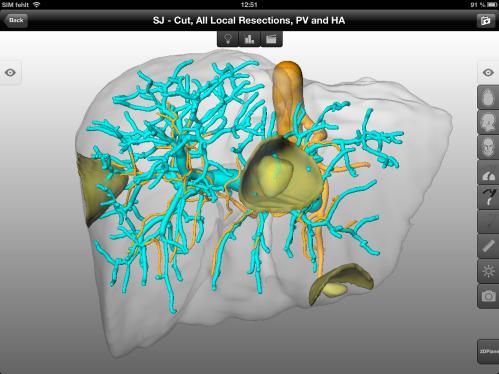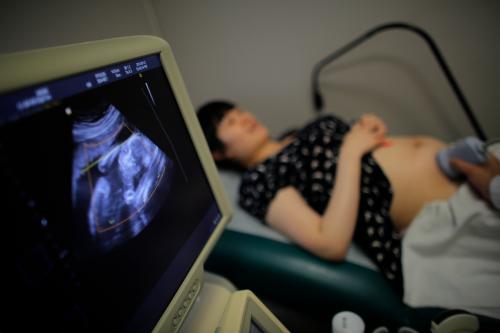Executive Summary
Health care today is dominated by physicians, hospitals, the pharmaceutical industry, insurance companies, and government agencies. Patients seek to navigate their health care by moving across a variety of providers, ordering prescription drugs from pharmacies, and seeking reimbursement from either public or private insurance plans. They spend hours connecting the dots and working out the best health care for themselves and their families. If they are fortunate to have good providers and effective follow-through, they receive high-quality health care.
Imagine a different system where, with the aid of the Internet, electronic medical records, cell phones, and personalized health care, the patient is in charge. People monitor their own weight, blood pressure, pulse, and sugar levels, and send test results via remote devices to health care providers. Patients store their medical records online and have access regardless of where they are in the United States or around the world. They get personalized feedback via e-mail and reminders when they gain weight, have an uptick on their cholesterol levels, don’t take their medicine, or have high blood pressure. Social networking sites provide discussion forums and the benefit of collective experience from other people suffering similar problems. Patients take responsibility for their routine health care and rely on physicians and hospitals for more serious medical conditions.
This system is not a futuristic vision, but is well within our grasp. It would cut costs by reducing professional responsibility for routine tasks and record-keeping, while also making it possible for patients to receive higher quality care and be more satisfied with the end-result. The technologies for this kind of system transformation currently are available through cell phones, remote monitoring devices, video conferencing, and the Internet.
In this paper, I outline a vision for a new health care system based on mobile Health (mHealth), remote monitors, electronic medical records, social networking sites, video conferencing, and Internet-based recordkeeping. It incorporates email reminders to take medicine, a NetFlix-style mechanism to rate experiences with doctors and hospitals, and websites that make ratings publicly available to employers and other patients. Today, there are nearly as many mobile phones (600 million) in existence that can browse the Internet and access email as there are personal computers (800 million).
In order to bring this system to fruition, though, several changes are needed to encourage customer-driven health care. There have to be shifts in public policy and private health care that get the incentives right for patients, physicians, insurers, and hospitals. If we make these changes, we can cut costs while also improving quality and public satisfaction with health care.
Among the specific changes that are required include:
- changes in public and private insurance coverage that reimburse health care providers for mHealth care, remote monitoring, electronic communications with physicians, e-prescribing, and downloading medical tests to cell phones and other mobile devices;
- rewarding physicians who provide positive health outcomes for their patients, as opposed to paying them for the quantity of tests they have ordered;
- greater patient encouragement for preventive health care, good diet, and regular exercise activities and creation of a Preventive Medicine Fund that covers gym memberships, exercise equipment, flu shots, diet advice, smoking cessation programs, and substance abuse treatment;
- development of a good health rewards program similar to good driver discounts that provides benefits to patients who lead healthy lifestyles.









